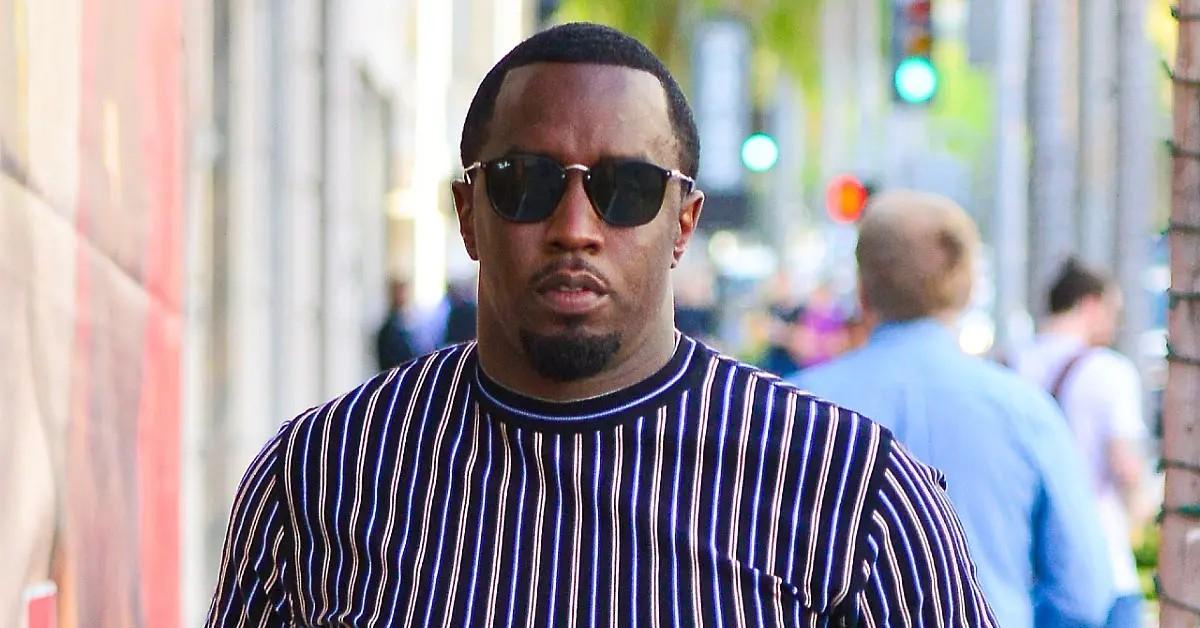**Sean ‘Diddy’ Combs’ Risky Move Ahead of Sentencing Could Backfire**
*Published Oct. 2, 2025, 6:57 p.m. ET*
Sean ‘Diddy’ Combs’ decision to address the court just before his sentencing on Friday, October 3, could be a risky gamble, RadarOnline.com can exclusively report. The music mogul is facing the possibility of up to 20 years in prison after being found guilty on two felony counts of transportation to engage in prostitution.
While Combs passed on the chance to testify during his trial, his lawyers have revealed that he will finally speak at sentencing to plead for leniency. However, legal experts warn that this move might do more harm than good.
### Legal Experts Weigh In
Attorney Tony Buzbee, who previously established a hotline for alleged victims of Combs and received thousands of calls and accusations, told Radar, “What can he say? The conduct we saw at the trial, and the conduct alleged in the civil cases, is reprehensible.”
Buzbee believes the producer is merely “grasping at straws” with this last-minute decision. “I’ve always believed when you are digging yourself a hole, stop digging,” he added.
### The Risk Is Real
Government prosecutors are pushing for a prison sentence of at least 11 years. In contrast, Combs’ defense team is aiming for no more than 14 months, which would mean time served and effectively immediate release.
Judge Arun Subramanian, who presided over the case, holds the final decision. Brian C. Stewart, a trial attorney at Parker & McConkie, told Radar that the actual sentence will likely fall somewhere in between.
“Fourteen months is probably wishful thinking, and eleven years may be too heavy-handed,” Stewart said. “I would expect it to be somewhere in the middle, around four to six years.”
Stewart also noted the importance of Combs’ statement at sentencing: “This is his one opportunity to influence the judge’s decision, and he should take it with a short, sincere, and remorseful statement. If he stands up and owns it, that can shave years off; if he makes excuses, it could add them.”
### Combs’ Final Attempts at Leniency
Recently, Combs has been urging family and friends to write letters to Judge Subramanian, seeking leniency on his behalf. However, Stewart doubts such letters will have much impact.
“Good behavior and supportive letters can’t hurt, but they seem unlikely to carry much weight with the judge under these circumstances,” he said.
In a last note to the court on Thursday, Combs’ lawyers tried to humanize their client:
> “Like all human beings, Mr. Combs is flawed. But he is the first to admit he has made many serious mistakes, and he has been working very hard to better himself and make the most of his time behind bars.
> We respectfully submit that he deserves a chance to continue his rehabilitation outside the walls of a prison, and ask the Court to be merciful and afford him that opportunity.”
### Charm Offensive in Court
Combs is reportedly confident that he can sway the judge with his personal charm. A source told Hollywood Insider Rob Shuter, who reports on Substack, “He thinks his words can change everything. It’s arrogant, but it’s worked for him before.”
Shuter revealed that Combs’ legal team has requested permission for him to wear street clothes instead of the standard prison jumpsuit during the hearing, aiming to appear more humane and humbled.
Combs has also promised to be “dignified and respectful” in court as he tries to leverage his charisma to buy his freedom.
“He’s empowered,” another insider told Shuter. “He thinks if anyone can flip a judge at the last minute, it’s him.”
—
As Sean ‘Diddy’ Combs prepares to face sentencing, all eyes are on whether his courtroom speech will tip the scales toward leniency or further incarceration. The outcome remains uncertain, but the risks of his decision to speak are clear.
https://radaronline.com/p/sean-diddy-combs-sentencing-speech-judge-big-risk-addressing-court/
